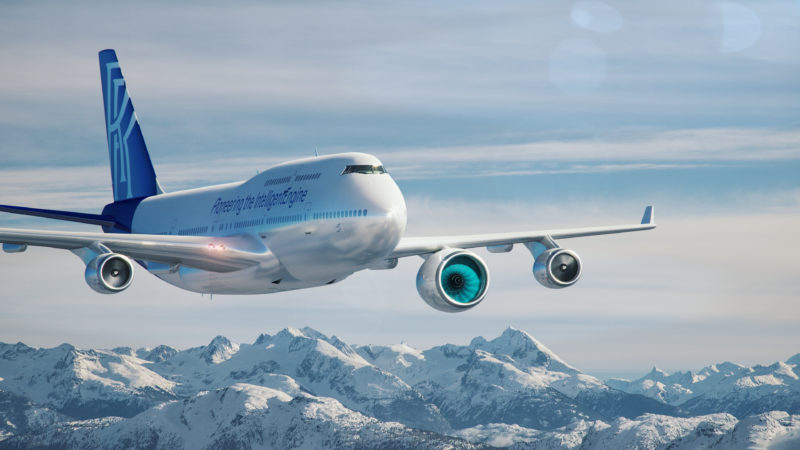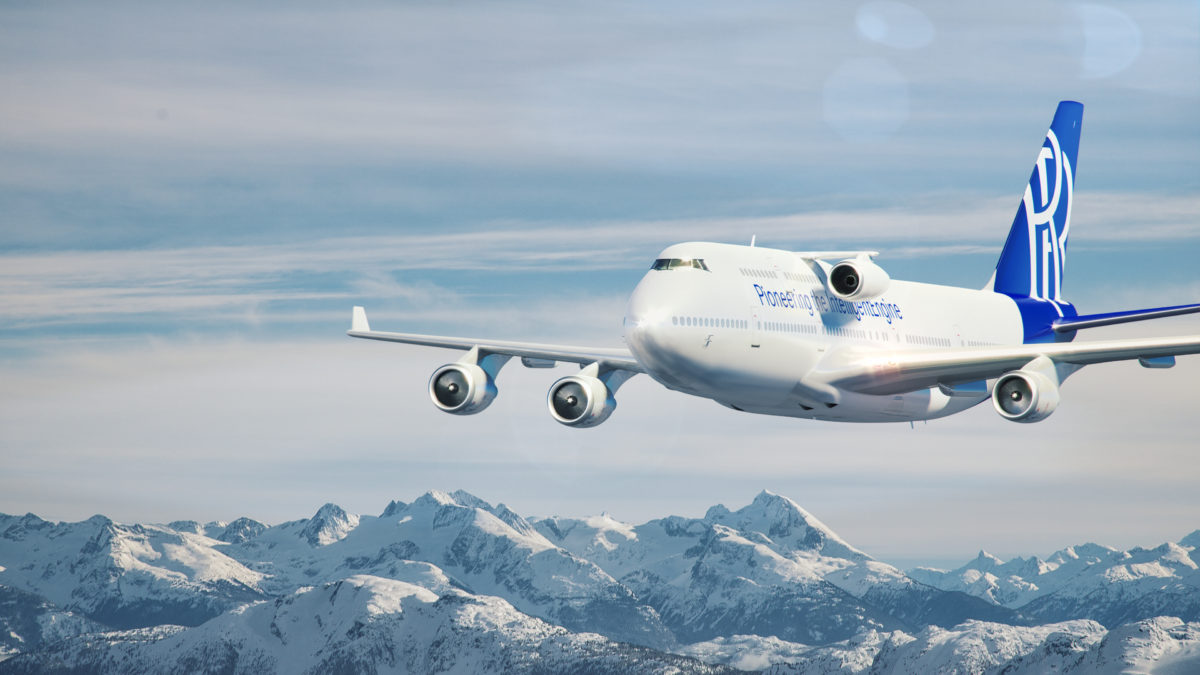Qantas has retired another Boeing 747 from their fleet; however instead of sending it to the scrapyard, Rolls-Royce has acquired it to convert it into an engine testbed.
The aircraft, registered VH-OJU under Qantas’ ownership, has flown over 70 million kilometres, which is equivalent to nearly 100 trips to the moon and back. Over the 20 years of service to Qantas, the aircraft flew 2.5 million passengers.
Powered by four Rolls-Royce RB-211 engines the aircraft was already a perfect buy for the engine manufacturer, who now needs to convert the aircraft to their desired configuration.
Rolls-Royce will be installing the latest test equipment available, with the capability to test the latest commercial and business turbofan engines and collect data at far greater speeds than existing platforms.

Additionally the new aircraft will support Rolls-Royce IntelligentEngine vision where engines are connected, contextually aware and even comprehending, staring from their time on the testbed.
“This is a significant investment that will expand our world-leading test capabilities even further and will allow us to obtain more flight test data than ever before. After transporting millions of passengers on this beloved aircraft for 20 years, we’re excited to power it into the future.”
Gareth Hedicker, Rolls-Royce, Director of Development and Experimental Engineering
Situated in Moses Lake, Washington State, US, AeroTEC will be responsible for the conversion process, which is expected to take two years.
Rolls-Royce won’t be using this 747-400 testbed to replace their 747-200 though; instead, the company has said they’ll be using both of them alongside each other.
The acquisition and conversion program for this 747-400 will cost Rolls-Royce $70 million. This is on top of a $115 million investment in Testbed 80 – the largest and most intelligent testbed in the world. Testbed 80 is currently being built in Derby, UK and will be commissioned in 2020.
Rolls-Royce employees will work together to determine a name for the testbed, which will likely be placed somewhere on the fuselage.
If you’re curious to see what Rolls-Royce’s existing testbed looks like, check out this video:




